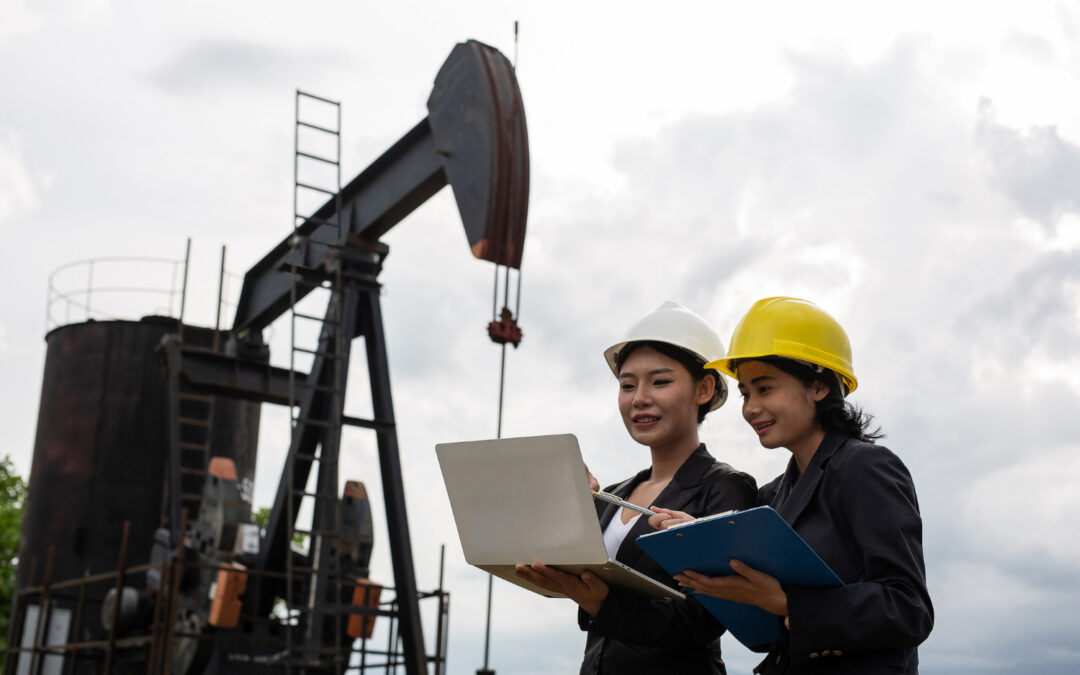The onshore and offshore oil and gas industries are inherently risky, with numerous hazards that can negatively impact the environment, assets, and workers. As a truly global enterprise, protecting employees and operations from dangerous situations is a constant concern. Therefore, establishing and maintaining a solid Safety Management System (SMS) is vital in preventing accidents and ensuring safe, efficient operations. With safety gear, equipment, and services being indispensable to these industries, Tiger Safety Rentals is committed to providing comprehensive solutions to achieve this goal.
An SMS is a systematic approach designed to manage safety risks within an organization. It consists of policies, procedures, and practices aiming at reducing hazards and ensuring the safety of personnel. When implemented effectively, an SMS helps oil and gas companies detect and correct safety issues before they escalate into dangerous events. Due to the hazardous nature of their operations, onshore, and offshore oil and gas companies should prioritize safety management systems to safeguard their workforce and assets.
The core components of an effective safety management system consist of safety policies, goals, objectives, risk management, safety assurance, and safety promotion. Declaring safety as the organization’s paramount priority, instituting robust safety policies highlights an organization’s commitment to safety and ensures that all employees understand their role within the system. This includes hazard identification, risk assessments, and emergency response planning to predict, evaluate, and address potential risks and challenges. Routine reviews and audits of operations help to identify and mitigate potential shortcomings, further supporting safety assurance.
Core Components of an Effective Safety Management System
1. Safety Policies and Goals
The foundation of any effective safety management system begins with the establishment of a clear safety policy and the adoption of relevant safety goals. These policies must be fully supported by the organization’s leadership and communicated to all employees. They should outline the standards expected from every worker in terms of safety, assign responsibility for achieving these standards, and detail how the organization will monitor and measure safety performance.
Safety goals should be actionable, measurable, and achievable to ensure continuous improvement in safety performance. When determining what these goals should be, companies should consider factors such as industry benchmarks, regulatory requirements, and best practices.
2. Risk Management: Identifying and Assessing Hazards
Actively identifying and assessing potential hazards is central to managing risks in the oil and gas industry. Identifying hazards involves systematic inspection of operations, including equipment, processes, and the work environment, to spot potential hazards before they can lead to accidents. Once identified, each hazard should be assessed to determine its level of risk and prioritize protective action.
Risk assessments should consider the likelihood of occurrence and the severity of potential consequences, ultimately guiding the company in allocating resources and adopting appropriate preventive and mitigative measures. Regular reviews of the risk assessments will ensure that new hazards are accounted for and any changes in risk levels are identified and addressed.
3. Safety Assurance: Implementation and Monitoring
Safety assurance is the process of ensuring that the safety policies and procedures put in place are consistently effective in reducing hazards and promoting a safe working environment. This includes:
- Implementing safety procedures, practices, and controls in line with the risk assessment findings
- Monitoring performance by regularly collecting and analyzing data on safety incidents and near-misses
- Conducting regular internal and external audits and inspections to assess compliance with safety standards
- Continuously reviewing and improving safety policies, procedures, and practices to optimize performance
4. Safety Promotion: Fostering a Safety-Conscious Culture
Even the most comprehensive safety policies and practices may fall short if not supported by a strong safety culture within the organization. Promoting a safety-conscious culture requires an ongoing commitment to training, communication, and recognition of employee involvement in safety activities.
Training programs should ensure that all employees are knowledgeable about the hazards they may encounter and competent in applying safety principles and practices relevant to their work. Effective channels of communication should be established for employees to report hazards or near-miss incidents without fear of retaliation. Recognition programs should encourage and acknowledge worker involvement in advancing safety initiatives.
Conclusion
Establishing a comprehensive safety management system tailored to the unique needs and challenges within the oil and gas industries is crucial for mitigating risks and ensuring smooth, safe operations. By investing in a well-designed and custom SMS, companies can improve their safety records, better protect their workers, and reduce the likelihood of environmental disasters.
As an expert safety equipment and services provider, Tiger Safety Rentals can greatly assist in implementing and maintaining a robust safety management system for your onshore and offshore oil and gas operations. Our team of experts can help develop a comprehensive SMS, including hazard identification, risk assessments, safety training, and equipment support, to ensure your company’s safety remains on track. Contact us today to explore how we can help build or enhance your safety management system.

